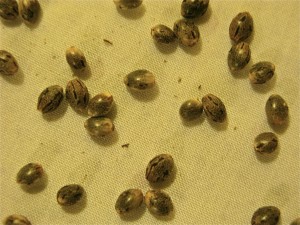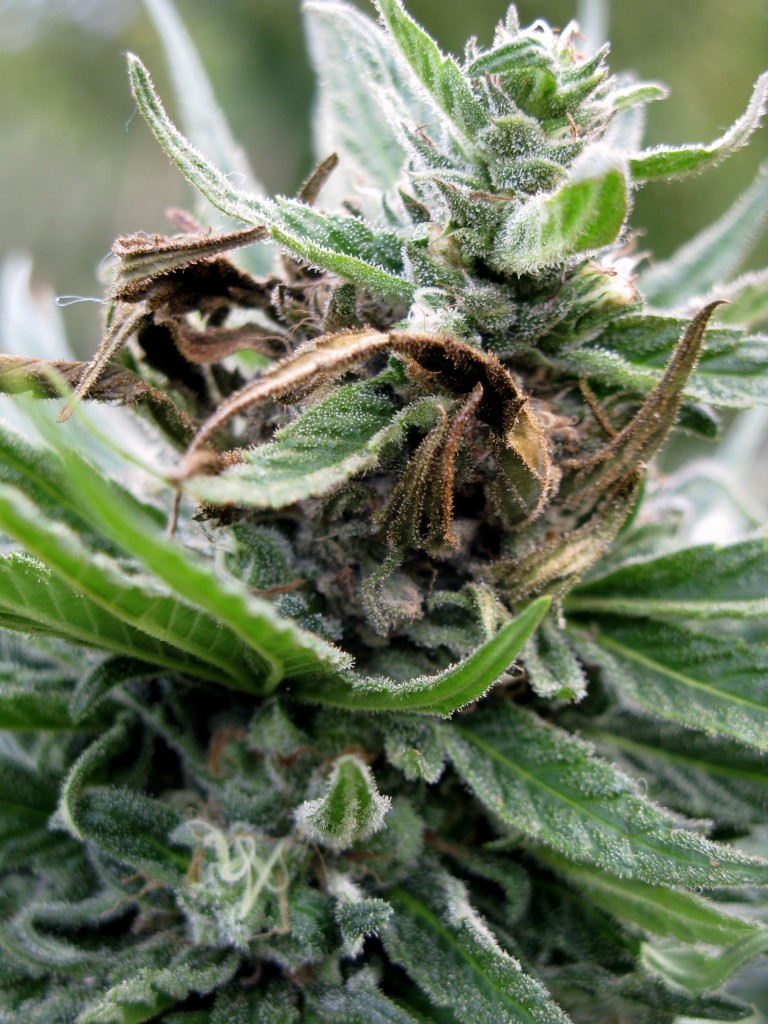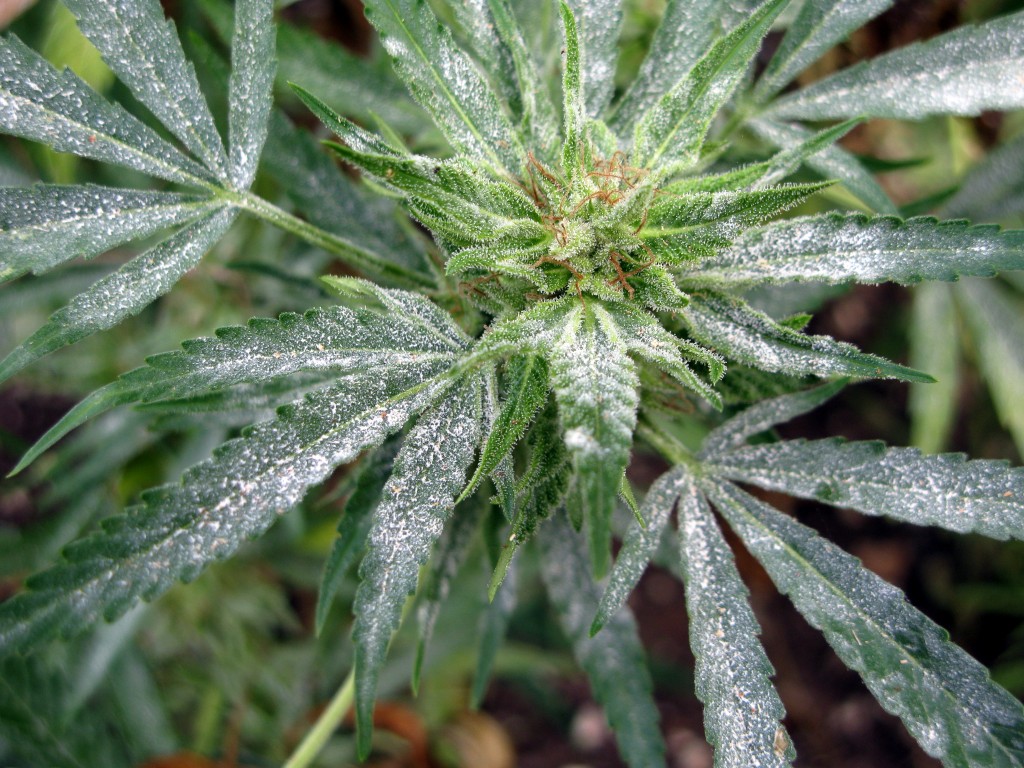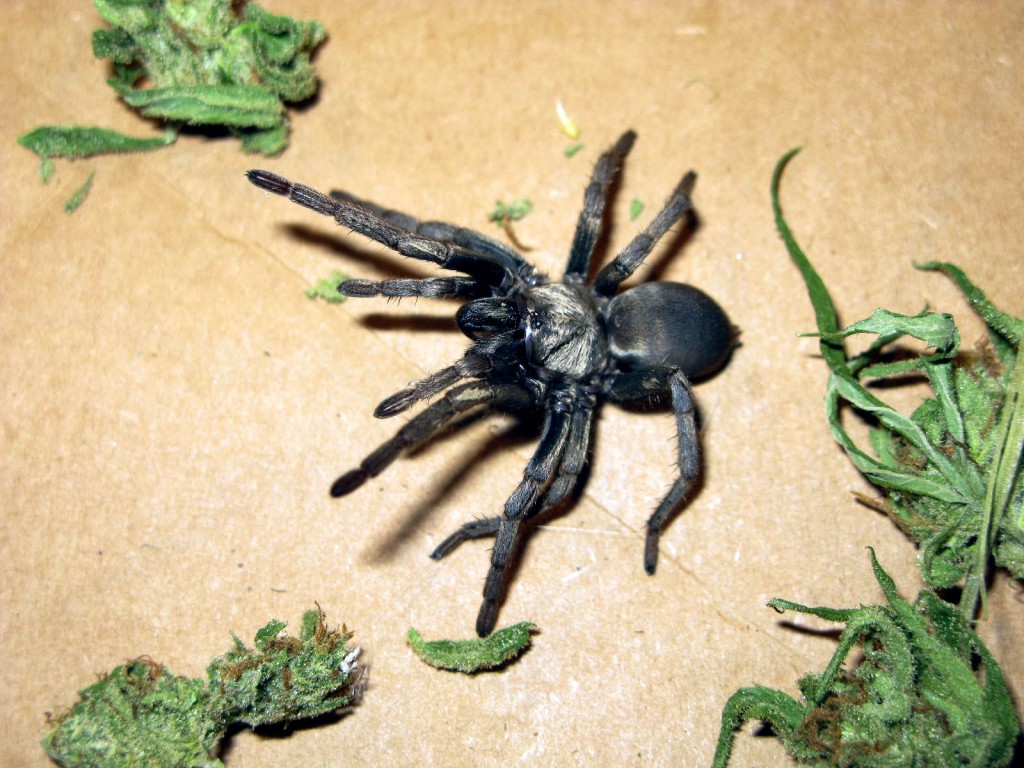By Mikal Jakubal
Note: I had started the previous post about seeds before the Japanese earthquake and tsunami. I wanted to finish the story as it was, so what I excluded was the fact that as I was off photographing those seeds, a boombox in the background at the friend’s house was tuned to our local community radio station, KMUD, providing updates on the tsunami that had just hit the Northcoast that morning. I began writing this, but had to put it aside while I studied for my EMT recert exam last week. Having passed that sucessfully, I can get back to writing about film making and weed growing and other things Humboldt.
With so much attention on the tragedy unfolding in Japan, readers from outside Northern California or coastal Oregon may not have realized that the Northcoast got walloped with a tsunami that reached at least eight feet in Crescent City, just to the north of Humboldt County. There, the waves and surge completely destroyed the marina and many of the boats that had not been moved out. Most of the local fishing fleet got warning, rode out the waves at sea and are now berthed in Humboldt Bay until the marina gets rebuilt in Crescent City Harbor. One man was killed when he was swept into the water near the Klamath River just to the south.
Shelter Cove is about 15 narrow, curvy miles from where I live. The only low-lying structure is the boat ramp, though houses along the lower edges of the waterfront are less than twenty feet above the high tide level on a small cliff. The waves that came in around 7am were approximately 6′ high and smashed up against the cliffs. Atypically for me, I slept in late that morning and didn’t look at any news for a while, so I didn’t even know about the earthquake and tsunami until almost lunch time. The National Oceanic and Atmospheric Administration was predicting possible peak waves for The Cove around 3pm, with the danger subsiding by 7pm.
When I got to The Cove shortly after 3 o’clock, I went straight to the boat ramp. Up at the top, by the fish cleaning station, an impromptu party was in progress. Several local musicians were playing, while others watched the water for wave action and traded stories about The Cove. Beer and weed were consumed openly, but always with an eye out for the local Sheriff’s Deputy who had warned them once already about drinking in public. As I raced to set up my tripod and camera in case the 3pm wave predictions panned out, a local woman in “Humboldt Honey” imprinted sweatpants reached for the camera and asked if I wanted her to film me. I prefocused the camera, adjusted the settings, hit the record button and handed it to her. I said a few words while she filmed and tried to focus. I’ve been busy setting up the office, so still haven’t processed that footage. If there’s anything funny on it, I’ll post it here.
The word coming across the radio was that the tsunami danger had passed, so the Deputy opened up the beach. Surfers immediately raced down to take advantage of the waves. What self-respecting surfer would miss a once in a lifetime opportunity to surf tsunami waves—even if they were only three feet high at that point? While there were no further large waves, the sea was behaving very oddly. Sea levels would surge between the normal high-tide and low-tide points every fifteen minutes or so. One of the old-timers who had lived there and watched this water come and go all his life said he’d never seen anything like it. Apparently the last tsunami, in ’64, nailed Crescent City, killing 11 people and then continued right on past Shelter Cove to hit Ft. Bragg, California, not far down the coast. The old-timer said there wasn’t even a surge in the Cove back then.
This animated NOAA wave propagation map provides some perspective on how the energy carried by the tsunami propagates irregularly across the sea. The wave, though it begins at a point, rapidly encounters bathymetric irregularities (ocean floor topography) as it expands outward. The wave splits, wrinkles and bounces back onto itself, rebounds off continents, refracts around peninsulas, reflects and rolls over itself until it transforms the entire Pacific into a shimmering, quivering lake of tsunami Jello.

This NOAA wave amplitude chart shows another version of this energy manifests itself. The colors correspond to wave height, so red is about 45 centimeters, or 1-1/2 feet high for the metric-challenged. In a mathematically pure system, such as a computer model, the intensity and wave height would drop off as a steady gradation from one color to the next. But the aforementioned irregularities cause some interesting wave physics of particular interest to the North Coast.
Note the red stream in the upper right forming out of the muddle and beelining straight across the North Pacific for the area around the Oregon/California border. Those seemingly chaotic waves in the propagation animation, instead of going about their random, merry ways, suddenly aligned their energies like a wave physics flash mob and aimed themselves right at Crescent City. I guess Crescent City is to tsunamis what a Midwestern trailer parks is to a tornado.
It wasn’t only Crescent City that got nailed. In Brookings, Oregon, just to the north, the harbor suffered severe damage as well. To the south, Santa Cruz marina was the setting for dramatic videos of un-moored, captainless boats smashing into each other with each tidal pulse in a floating demolition derby. When I got home and saw the Santa Cruz footage, I immediately searched online for info about the Berkeley Marina, since a friend and I co-own a funky, fixer-upper sailboat there. While I couldn’t find any official word, there were two Youtube videos that showed the boat looking intact. Someone went and checked more closely a few days later and reported that the craft appeared fine. (Follow-up: I was there on Friday and it was good as…well, good as it ever was.)
Meanwhile, a likely nuclear meltdown is happening in Japan, more rain and wind is forecast for the Northcoast, another marijuana ballot initiative has been announced for 2012, pounds of last year’s harvest are sitting in storage and the hopeful little sprouts are showing their first true leaves and reaching for the sun.











